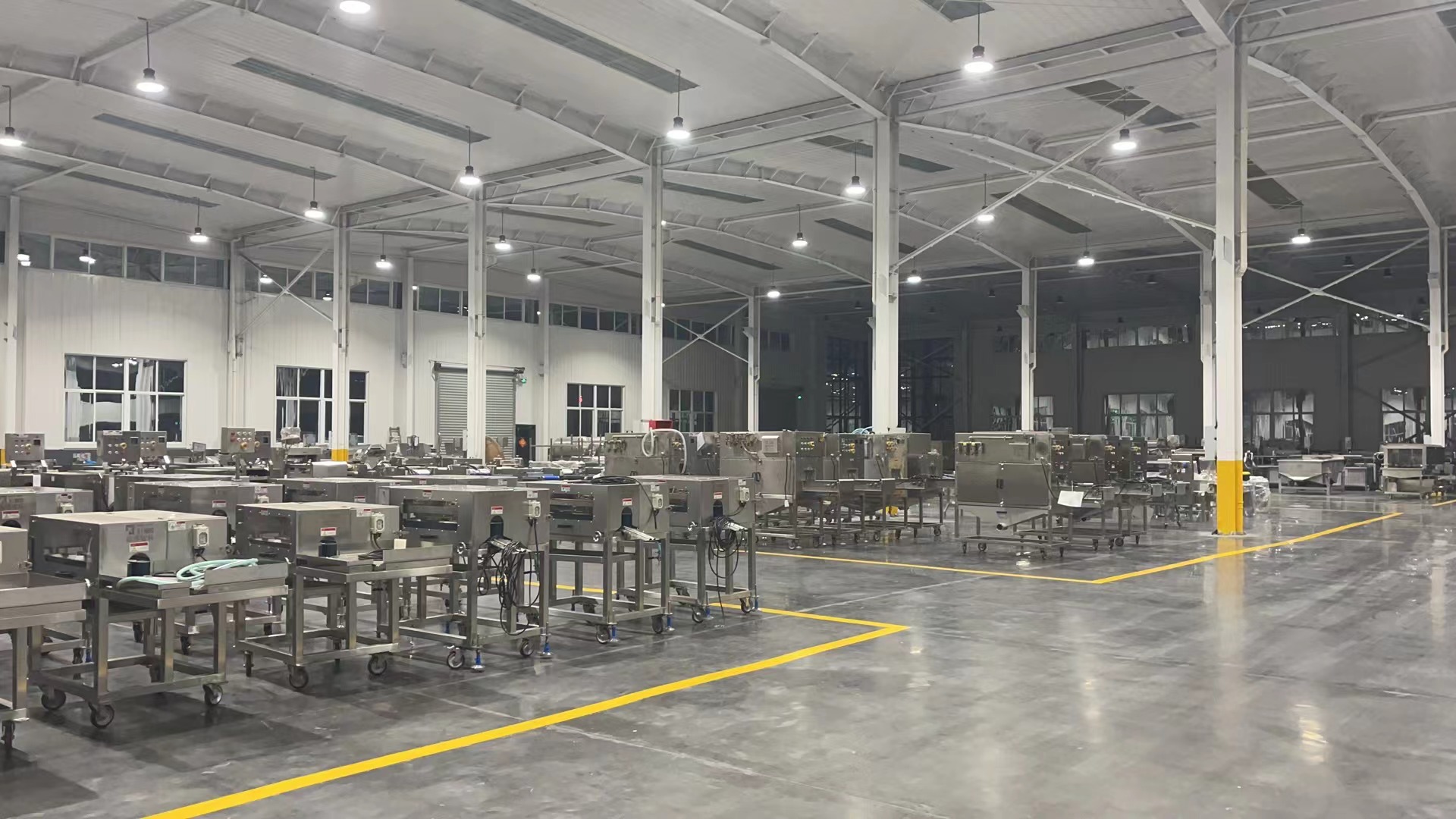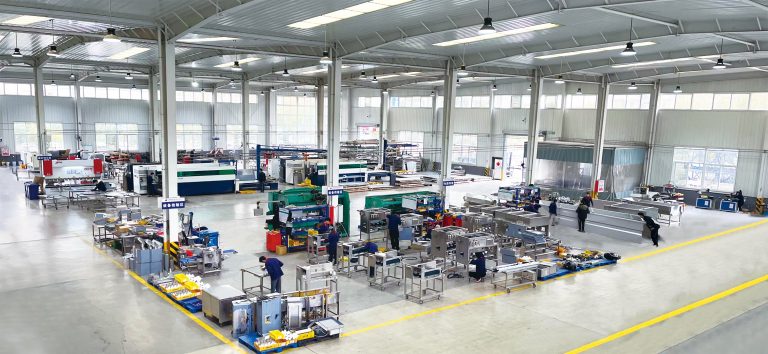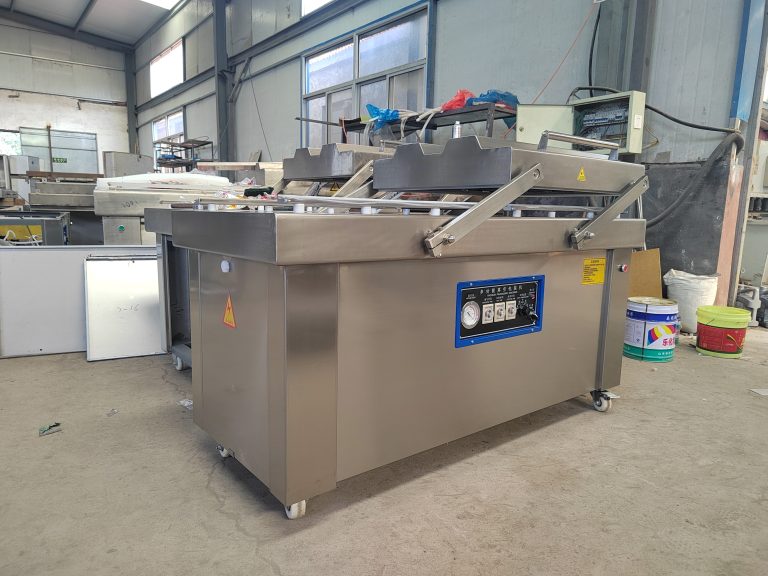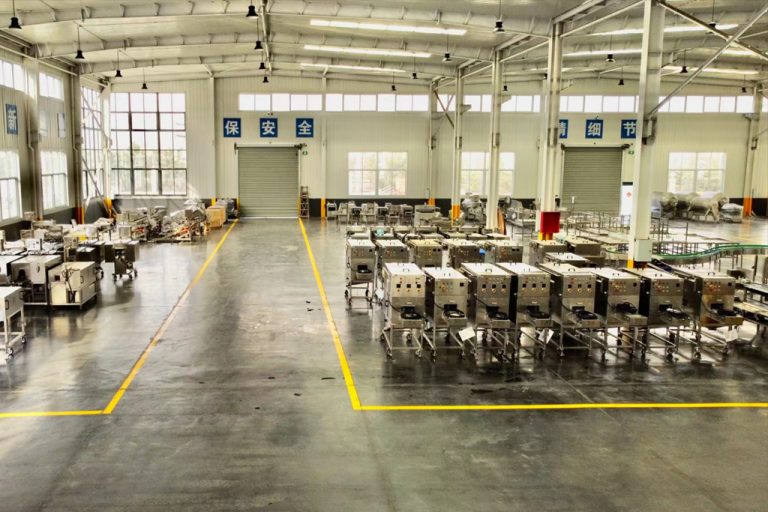Table of Contents
Fish Fillet Machine Factories
Fish fillet machine factories play a crucial role in the seafood processing industry by providing efficient and automated solutions for filleting fish. These factories are equipped with advanced machinery and technology to streamline the filleting process, ensuring high productivity and quality.
One of the key advantages of fish fillet machine factories is their ability to increase efficiency and reduce labor costs. By automating the filleting process, these factories can handle large volumes of fish in a short amount of time, saving both time and manpower. This results in cost savings for the manufacturers and ensures a consistent output of high-quality fillets.
| Number | Option |
| 1 | Fish processing device |
| 2 | Descaling machine |
| 3 | Salmon filleting machine |
| 4 | Fresh fish cutting machine |
| 5 | Fish skin removing machine |
| 6 | Air bubble cleaning machine |
| 7 | Fish glazing machine |
| 8 | Fish gutting machine |
| 9 | Meat Picker |
| 10 | Fish slicing device |
Furthermore, fish fillet machine factories prioritize food safety and hygiene standards. The machines used in these factories are designed to meet strict sanitation requirements to prevent contamination and ensure the safety of the filleted fish. This commitment to food safety not only meets regulatory standards but also builds trust with consumers who prioritize safe and clean food products.
Technology Advancements in Fish Fillet Machines

Recent advancements in technology have revolutionized fish fillet machines, making them more precise, versatile, and efficient. New innovations such as computer vision systems and robotic arms have enhanced the accuracy of filleting processes, resulting in higher yields and reduced waste.
Another significant technological advancement in fish fillet machines is the integration of artificial intelligence (AI) algorithms. AI-powered machines can adapt to different fish sizes and textures, optimizing the filleting process for maximum efficiency. This level of automation not only improves productivity but also ensures consistent quality across all filleted fish.
Moreover, the use of data analytics in fish fillet machines has enabled real-time monitoring of production metrics such as yield, throughput, and quality. By analyzing this data, factory managers can make informed decisions to optimize operations, minimize downtime, and improve overall performance.






